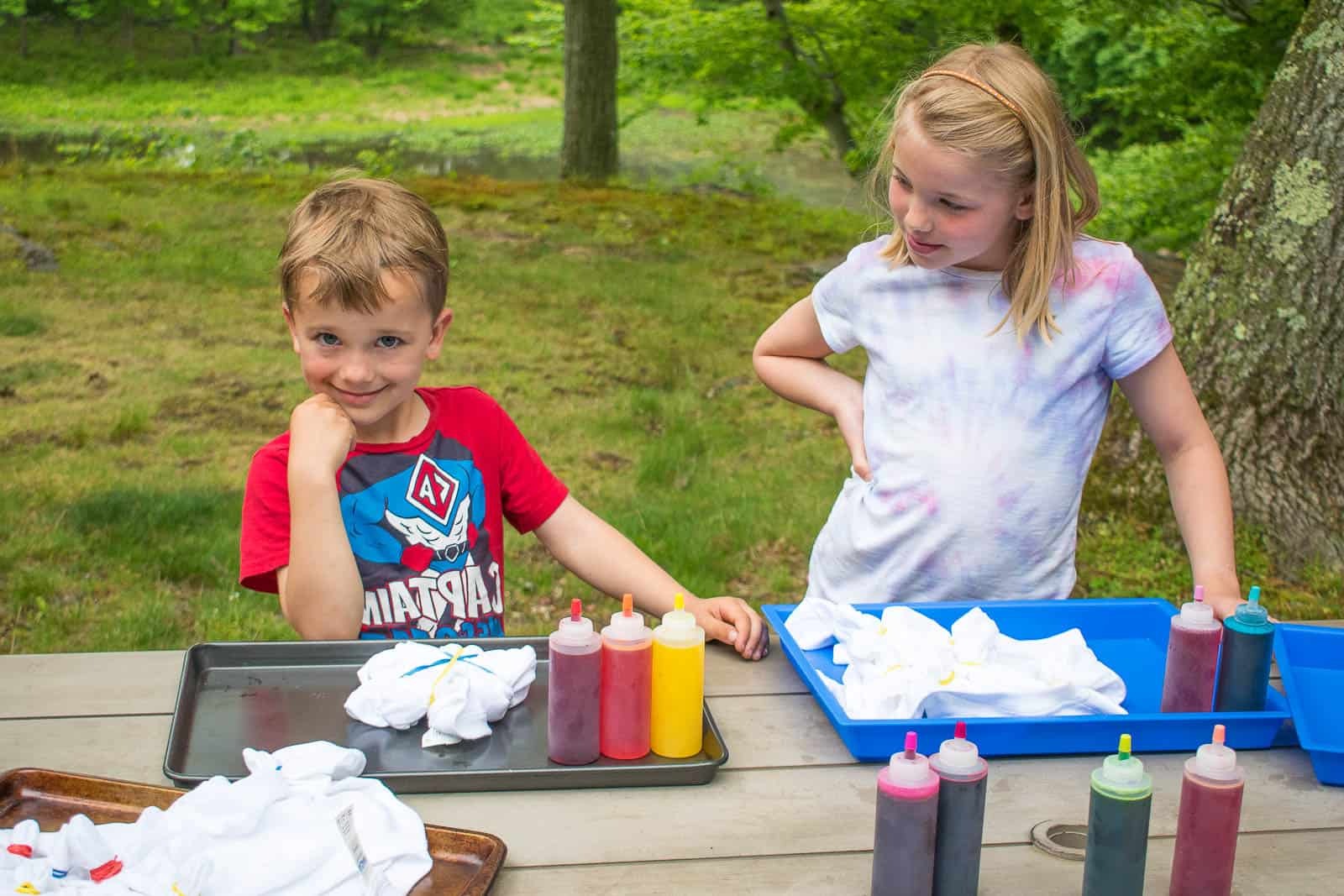
Ever wondered why your social media feeds suddenly burst with swirls of color every April 30th? That's because it's National Tie Dye Day, a day dedicated to celebrating the vibrant art form that has colored our world and wardrobes since the 1960s. But what's the story behind this eye-catching celebration? National Tie Dye Day marks the rich history and cultural significance of tie-dye, from its roots in ancient Asia to its explosion onto the American fashion scene. This day isn't just about donning your brightest tie-dye shirt; it's a nod to the creativity, freedom, and spirit of innovation that tie-dye represents. So, ready to dive into a whirlpool of color and discover some fascinating facts about National Tie Dye Day? Let's get started and add a splash of color to our knowledge!
Key Takeaways:
- National Tie Dye Day on April 30th celebrates the colorful art of tie-dye, encouraging people to get creative and make vibrant masterpieces on t-shirts, socks, and more.
- Tie-dye has a rich history dating back to ancient Asia and Africa, and has evolved from a symbol of counterculture to a popular fashion trend and stress-relieving activity.
National Tie Dye Day, celebrated on April 30th, is a vibrant and colorful holiday that pays homage to the unique and creative technique of tie-dyeing. This day encourages individuals to unleash their creativity and embrace the joy of color through the art of tie-dye. Here are 12 fascinating facts about National Tie Dye Day and the tie-dye process itself.
What Is National Tie Dye Day?
National Tie Dye Day is an annual celebration dedicated to the art of tie-dye, a method of dyeing fabric by tying parts of it to create patterns of color. This holiday encourages people of all ages to engage in tie-dye activities, showcasing their artistic skills and creating colorful masterpieces on various items such as t-shirts, socks, and bags.
- National Tie Dye Day falls on April 30th each year, serving as a day for enthusiasts and novices alike to celebrate the vibrant world of tie-dye.
The Origins of Tie Dye
While tie-dye became popular in the United States during the 1960s and 1970s, its origins trace back much further.
- Tie-dye techniques were first developed in Asia and Africa, with some methods dating back as far as the 5th century in Japan, known as Shibori.
- The term "tie-dye" itself originated in the United States during the mid-20th century as a way to describe this colorful art form.
How Tie Dye Became Popular in the US
The explosion of tie-dye in American culture is a story of creativity, freedom of expression, and the influence of the counterculture movement.
- Tie-dye gained popularity in the United States during the 1960s as a symbol of individuality and non-conformity, closely associated with the hippie movement.
- Iconic musicians like Janis Joplin and Jimi Hendrix often wore tie-dye, further cementing its status as a cultural phenomenon.
The Process of Tie Dyeing
Tie-dyeing is more than just twisting fabric and applying dye; it's an art form that allows for endless creativity.
- The basic process involves folding, twisting, or pleating fabric and binding it with string or rubber bands before applying dye.
- Different techniques and patterns can be achieved by varying the method of tying and dyeing, including spirals, stripes, and mandalas.
Celebrating National Tie Dye Day
National Tie Dye Day is not just about appreciating the history and technique of tie-dye; it's also about getting hands-on and creative.
- Many celebrate by hosting tie-dye parties, workshops, or participating in community events focused on teaching and sharing tie-dye techniques.
- Schools and educational institutions often incorporate tie-dye projects into their curriculum to celebrate, fostering creativity and teamwork among students.
The Significance of Tie Dye Today
Tie-dye has evolved from its roots in counterculture to become a mainstream fashion trend and a symbol of artistic expression.
-
Modern fashion brands frequently release tie-dye collections, proving its enduring appeal and versatility.
-
Tie-dye has also become a popular activity for mindfulness and stress relief, as the process encourages focus and creativity.
-
With the rise of DIY culture and social media, tie-dye has seen a resurgence in popularity, with tutorials and tie-dye challenges becoming common online.
A Colorful Finale to National Tie Dye Day Revelations
National Tie Dye Day on April 30th isn't just another date on the calendar. It's a vibrant celebration of creativity, freedom, and a dash of rebellion. This day reminds us to embrace the colors of life, to express ourselves boldly, and to appreciate the art that surrounds us in various forms. Whether you're a seasoned tie-dye artist or someone who's just discovering the joy of twisting and dyeing fabric, there's no denying the impact of this colorful tradition. It encourages us to break free from the monotony, to experiment, and to let our true colors shine through. So, grab your dyes, twist that tee, and let the colors flow. After all, life's too short for plain white tees.
Frequently Asked Questions
Was this page helpful?
Our commitment to delivering trustworthy and engaging content is at the heart of what we do. Each fact on our site is contributed by real users like you, bringing a wealth of diverse insights and information. To ensure the highest standards of accuracy and reliability, our dedicated editors meticulously review each submission. This process guarantees that the facts we share are not only fascinating but also credible. Trust in our commitment to quality and authenticity as you explore and learn with us.
